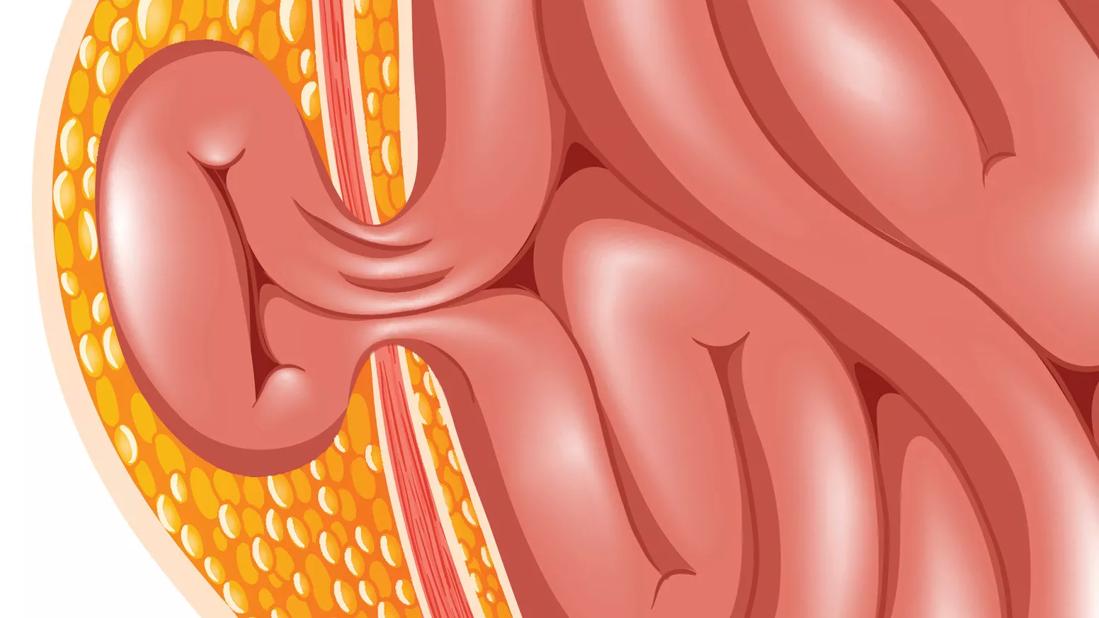The short answer from Ajita Prabhu, MD

While there’s not a lot new with the technology itself, what’s new at Cleveland Clinic is that we’re now offering robotic hernia repair to more and more patients.
Advertisement
Cleveland Clinic is a non-profit academic medical center. Advertising on our site helps support our mission. We do not endorse non-Cleveland Clinic products or services. Policy
We not only offer it to those who have small ventral hernias, but also in some cases to those who need abdominal wall reconstruction ― which is currently only being done at a handful of U.S. centers.
Not everyone is a candidate for a robotic approach, but the ones who are may benefit from less time in the hospital, a quicker recovery and less pain.
According to a study published in the Annals of Surgery, of which I am a co-author, patients with abdominal wall reconstructions go home an average of at least one full day sooner than if they got an open abdominal wall reconstruction.
Good candidates include those who have central defects, usually 8 to 15 cm in diameter and who are generally candidates for a minimally invasive procedure. Contraindications to robotic hernia repair may include those requiring emergent repair and those needing skin resected from a skin graft or substantial scar.
In our Hernia Center, we are committed to offering these robotic hernia procedures to patients who want them.
It’s always a mixed bag when I offer a robotic approach to patients. Some of them are like, “I don’t want that crazy robotic stuff!” And some of them say, “Wait, I get a smaller incision? Sure, I want to try it!”
I began performing robotic hernia repairs four years ago and am continually increasing my volume of cases on the robot.
We’re dedicated to furthering research in the area and following our outcomes. My partners and I are currently enrolling patients in two randomized controlled trials, looking at outcomes in laparoscopic versus robotic inguinal hernia repairs and laparoscopic versus robotic ventral hernia repairs.
Advertisement
And we’re always looking at outcomes. Every case that we do goes into our Americas Hernia Society Quality Collaborative database so we can continually optimize both outcomes and optimize costs.
Advertisement
Advertisement

Study reveals key differences between antibiotics, but treatment decisions should still consider patient factors

Key points highlight the critical role of surveillance, as well as opportunities for further advancement in genetic counseling

Potentially cost-effective addition to standard GERD management in post-transplant patients

Findings could help clinicians make more informed decisions about medication recommendations

Insights from Dr. de Buck on his background, colorectal surgery and the future of IBD care

Retrospective analysis looks at data from more than 5000 patients across 40 years

Surgical intervention linked to increased lifespan and reduced complications

Diagnostic and management pearls for an emerging condition linking tick-bites to meat allergy